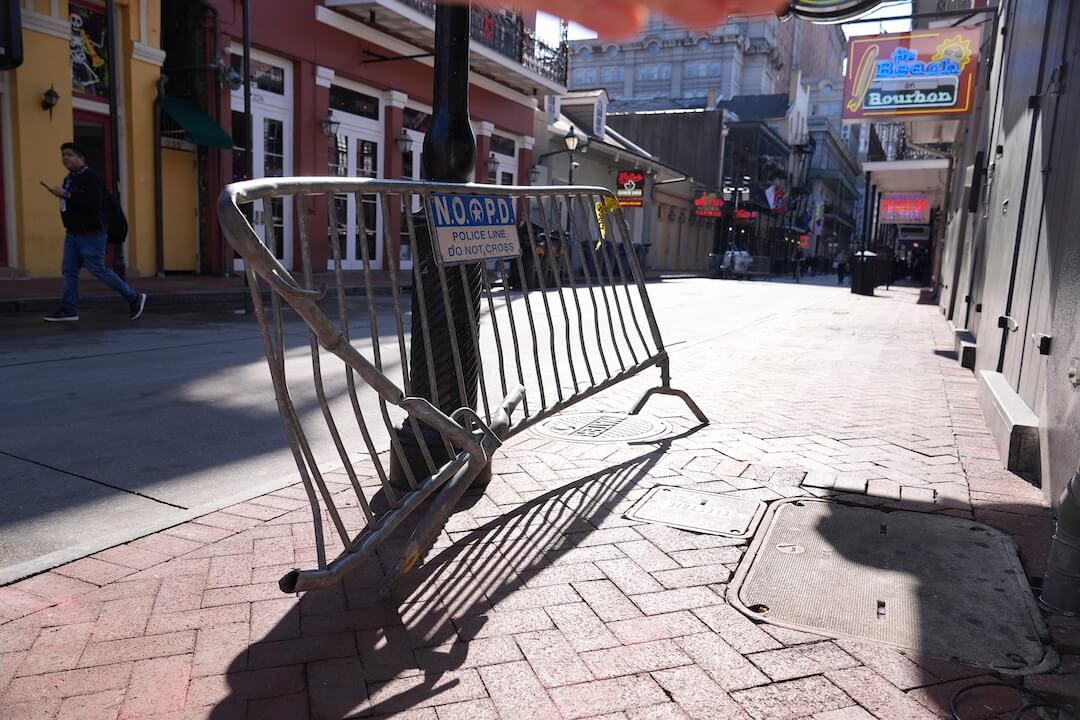Since her death on Tuesday, journalists have shared their thoughts about the life and work of Dori Maynard. Maynard was the president of the Maynard Institute. Here are some lessons from Maynard herself, from her own writing, speaking and interviews. You can also find Maynard’s columns here.
Why diversity and sensitivity training weren’t enough
In 2003, Maynard wrote for Nieman Reports about ASNE’s goal to have newsroom diversity reflect that of the country.
Years of compliance training, diversity training, and sensitivity training have taught participants what they can say, and this has essentially left people with a set of learned responses that don’t take this conversation past predictable roadblocks. Little has been done to teach people how to say what they want to say in a way that can be heard and is effective. The result is that even in news organizations that have a diverse staff, the strengths of that diversity are often not reflected in either the content or the business practices. The reason: So many employees have been trained to say what they think they should say and not necessarily what they believe.
What’s missing when there aren’t journalists of color
For a July 23, 2008 story, Maynard spoke with Gregory Favre for Poynter about the 2008 presidential election and Jesse Jackson’s criticism of then-Sen. Barack Obama:
This presidential election shows the need for diversity. That story has been covered in a superficial way. And it shows the generational differences. There are some black bloggers who are saying that Jackson needs to sit down, he is in his sixties and that is not the way we look at things.
There are all kinds of things we are missing in the coverage. Take the Rev. Wright story. If we had more diverse newsrooms, we wouldn’t be surprised by what goes on in black churches. We would know more about those churches. We would know more about ministers and what candidates they endorse. And that includes ministers such as John Hagee and Rod Parsley. The stories have not been put into perspective.
‘Racial tensions’ is lazy code
Maynard spoke with Mallary Tenore for a March 25, 2012 piece for Poynter about reporting on the Trayvon Martin case:
I think the coded language masks some lack of in-depth understanding of the issues. When I hear ‘there are racial tensions,’ a.) I don’t know what that means, b.) I don’t know why there are tensions … It tells me that people who don’t share the same ethnic or racial background are at odds with each other, but really? All of them are? There’s too much room for fill in the blank. I think as audience members, all of us are going to fill in the blank differently.
‘The only place we have yet to look is inward.’
On Aug. 3, 2013, Maynard wrote about the media’s role in the country’s racial problems for the Oakland Tribune.
Mere hours after tweeting about how jarring it felt to watch all-white talking heads on “CBS This Morning” discuss President Barack Obama and race, I saw the July 29 Time magazine cover with the words “After Trayvon” emblazoned across an empty hoodie.
“This, this is the problem,” I thought.
We in the news media have spent much of the past few weeks examining every nook and cranny in this country, looking for clues about how we have come to this point of racial angst.
The only place we have yet to look is inward.
And it’s time.
When the media works with communities of color to tell stories, it can ‘live up to that ideal of a public trust’
In a video from the Black Male Reimagined II conference in 2013, Maynard spoke about the process behind BrotherSpeak, a 2012 video series with The Washington Post:
…And it began to make me think that sometimes, when my two greatest loves come together, they bring out the best in each other. Because with the media working to tell a more complex story of black men, it began to live up to that ideal of a public trust my father used to talk to me about so many years ago. And for black men, by working with the media to shape the narrative about their lives, they were able to show the world who they were in their humanity, their vulnerabiliy, their complexity. And it actually began to make me think that someday, my two greatest loves, they might just love each other. And it began to make me think that somewhere, wherever that is, wherever you go when you no longer walk this planet, somewhere, somewhere, my father is smiling.






